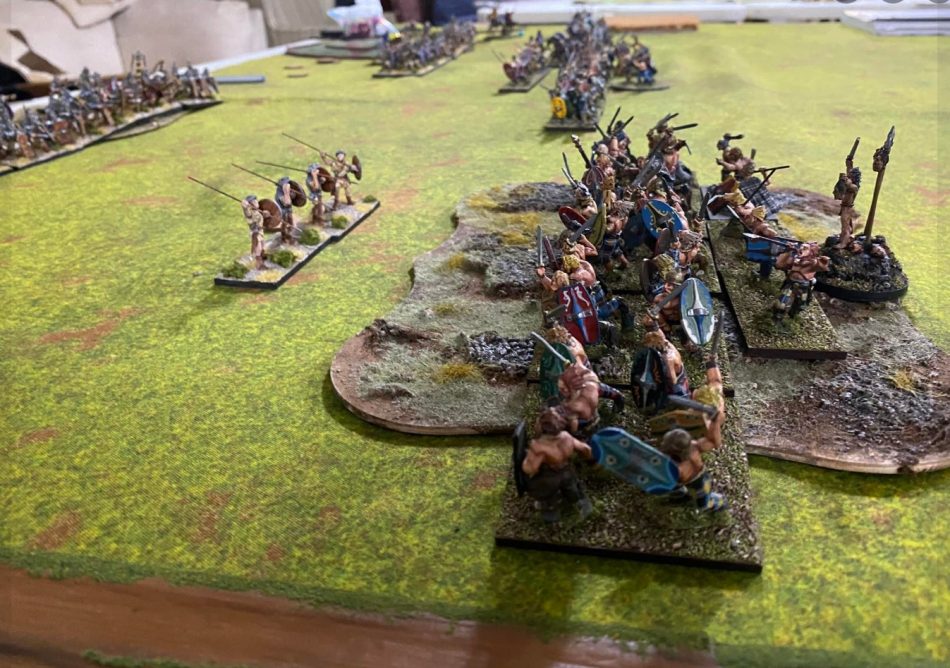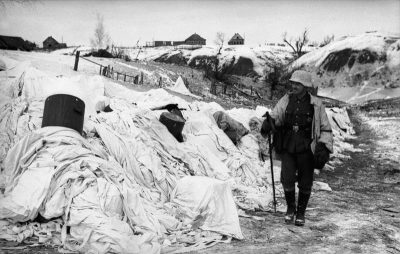Destination: Pirate Day at The Calvert Marine Museum


By Glenn VanMeter
On 17 September our Tales of the Sail podcast was fortunate enough to partner with the Calvert Marine Museum to put on a Blood & Plunder tournament at their Talk Like a Pirate Day family event. This was an unusual gaming event for us as it was not held at a game store or a convention, but at an attraction open to the general public.
The tournament was also quite a distance away from most of the participating gamers, which is why we gave it the label of a “Destination Tournament”.
Due to the planning this event required, we needed participants to sign up ahead of time. Fourteen brave souls decided to make the trip to the museum, located in Solomons Island, Maryland. Tom Mullane came down from Connecticut to run the event with me. Most players were from the Maryland and Virginia area, but one or two came from Pennsylvania. We even had a four-player group come from as far as North Carolina complete with team shirts.

 By Kreighton Long
By Kreighton Long
 Today we are live at
Today we are live at 
 By Jim Naughton
By Jim Naughton By Robert Kelly
By Robert Kelly By David Garvin
By David Garvin